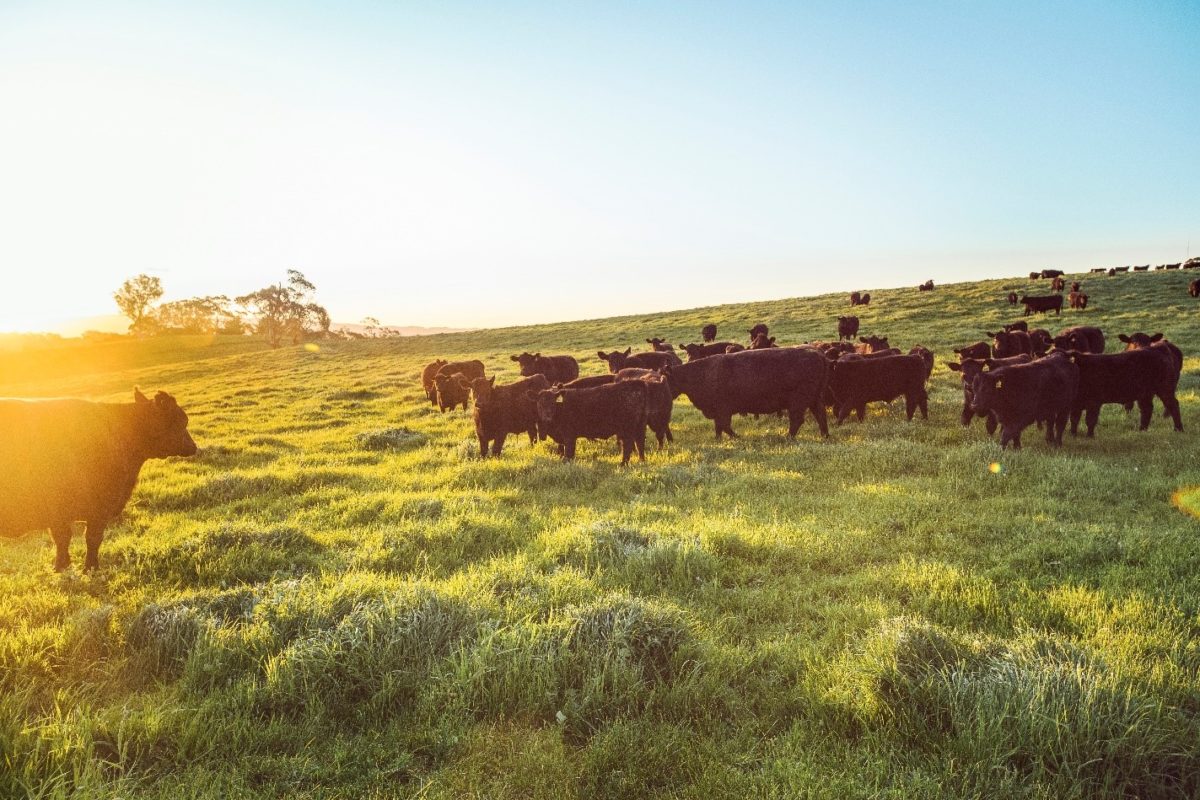Harnessing today’s agribusiness strengths for tomorrow’s challenges
10 Sep 2021
Generally speaking, the primary sector commodity price outlook is strong. This is great news for hard working farmers, who are likely dealing with several new challenges in their agribusiness right now. Challenges which may include sourcing labour, illiquid property markets, rising environmental compliance obligations, and significant inclement weather events, all which have challenged how an agribusiness is managed and funded.
From a banking perspective, we note that even with all these forces at play, we’re still incredibly pleased with the performance of the sector. It’s particularly pleasing to see that farmers are strengthening their balance sheets, achieved mainly by allocating residual cashflow into paying down debt. Some farmers have told me that repaying debt has become addictive!
So, farmers deserve to be congratulated for the way they’ve navigated these headwinds.
Beyond this success however, we know there are still the forementioned challenges to overcome in order to create a sustainable farming future. Challenges remain with the on-going labour shortage (quality and quantity) and what decision to make when things are going well, to consolidate or expand the business? It’s these two issues I’d like to explore further:
Challenge 1 – A great labour force
• There is no denying COVID has caused a significant shortage of skilled labour particularly in horticulture and viticulture, which rely largely on seasonal labour. Even the traditional primary sectors of dairy, sheep, and beef find attracting good staff difficult.
• We’ve seen some sectors struggle to find appropriately skilled labour for seasonal or full-time work in recent times. A myriad of pressures are feeding into this supply shortage, but ultimately this is causing operating rhythm headaches for almost all of our key primary sectors, regardless of an agribusinesses’ individual appeal or employment benefits.
We know that most farmers aspire to create great workplaces for staff. Great employers are more likely to have loyal staff with lower turnover. They’re also likely to attract the more skilled and focused employees.
If you’re struggling with ideas to support your team, here are a few tips from some of the best employers I’ve seen in the sector:
1. A high-performance culture: where they create high expectations and reward staff accordingly. Our clients who succeed in this space have culture as their top priority and genuinely live and breathe it. They value their staff and their families, and it becomes reciprocal.
2. Staff access to quality housing: Businesses that have a disciplined repairs and maintenance schedule and capital expenditure program to ensure their houses are kept to a very high standard, attract, and keep more dedicated staff. I had the privilege of attending one of our client’s annual staff conference recently. One of the many awards that staff compete for annually is the tidiest house. There was an obvious sense of pride from the winners, which flowed into their performance across the farm.
3. Helping staff with financial literacy and managing finances: It may be a small gesture but helping an individual or a family with their budgeting can have a lifelong impact for good.
For quality outcomes, quality staff are needed and being known as a great employer will go a long way to making this possible. Why not set yourself the goal to be among the preferred employers in the community?
Challenge two – Consolidate or expand?
With a positive outlook and historically low interest rates, farmers may be thinking it’s the perfect time to expand the business while the going is good, given:
• commodity price outlook is strong
• COVID has proven the world needs our protein
• current interest rates are very low
• it could be a generational opportunity to grow.
Farmers could also be considering whether it is better to keep paying off debt to strengthen the balance sheet for a rainy day, because:
• there will be another inevitable downturn sometime in the future and it’s prudent to have enough in the tank to manage those circumstances
• they want to be free of relying on bank debt for decision making
• the next opportunity could be even better than now, and financial strength is needed in advance
• there may be a challenge to comply with environmental regulations in future.
In reality, either option could be right. There are so many variables based on a bunch of assumptions which could all alter in a very short space of time.
What’s the answer?
My solution is to always have a plausible plan B.
If we think back to the previous period of sustained expansionary growth, it was at times boom or bust and there was a lack of scenario planning within people’s decision-making process. Therefore, I would encourage any farming group to uncover all the risks at play, including greater compliance with environmental regulations. Have a good discussion about how those risks could eventuate and how you might overcome them if plan A doesn’t come to fruition.
Summary
In the twenty-five years that I’ve been in banking, we are seeing now more than ever, clients being very open minded about what their business may look like in the future and they are making disciplined investment decisions.
The vast majority are also involving their trusted advisors more than ever before, including advisory boards, investment committees, bankers, and interest rate specialists, which brings a real discipline to these decisions.
The future of the primary sector is continuing to look bright, and it is very pleasing to see farmers balance sheets and cashflows looking stronger.
This article is solely for information purposes and is not intended to be financial advice. If you need help, please contact BNZ or your financial adviser. Neither BNZ nor any person involved in this article accepts any liability for any loss or damage whatsoever which may directly or indirectly result from any information, representation or omission, whether negligent or otherwise, contained in this publication.


